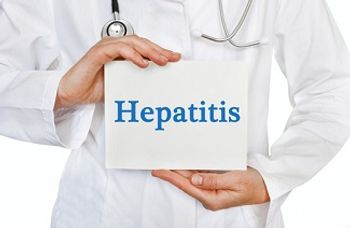
Risk of Neural Tube Defects Slightly Higher in Children Born to Women on Dolutegravir
The difference between NTD prevalence with dolutegravir and non-dolutegravir antiretrovirals from conception was small, but significant at 0.20% difference (95%CI 0.01%, 0.59%).
Use of antiretroviral therapy (ART) in pregnancy and the effects on the fetus are a pressing topic in the field of HIV science, specifically the association between dolutegravir use in early pregnancy and neural tube defects (NTDs).
Initial data from the Tsepamo Study in Botswana presented last year suggested a link between the use of dolutegravir from conception and NTDs. Now, at the 10th IAS Conference on HIV Science (
The research team found that children born to women on ART regimens containing dolutegravir at the point of conception do have a slightly higher risk of NTDs compared with women on other ART regimens.
Investigators conducted birth outcomes at 8 government hospitals throughout Botswana from 2014 to 2018, and 18 hospitals in 2018-2019, to evaluate the impact of dolutegravir exposure from conception. Surface examinations of all live births and stillbirths were conducted by trained midwives and abnormalities were noted, while research assistants photographed major abnormalities. The photographs were reviewed by a birth defects expert who was blinded to exposures.
A total of 98 (0.08%, 95% CI 0.07%, 0.10%) NTDs were identified after analyzing 119,033 deliveries that had evaluable infant surface exam. Five NTDs occurred among 1683 women (0.30%; 95% CI 0.13%, 0.69%) on dolutegravir from conception. NTDs occurred in 15 of 14,792 (0.10%; 95% CI 0.06%, 0.17%) women delivering on any non-dolutegravir antiretrovirals from conception, 3 of 7959 (0.04%; 95% CI 0.01%, 0.11%) on efavirenz from conception, 1 of 3840 (0.03%; 95% CI 0%, 0.15%) on dolutegravir started in pregnancy, and 70 of 89,372 (0.08%; 95% CI 0.06, 0.10%) in HIV-uninfected women.
The difference between NTD prevalence with dolutegravir and non-dolutegravir antiretrovirals from conception was small, but significant at 0.20% difference (95% CI 0.01%, 0.59%).
“NTDs occurred in 3 per 1000 deliveries among women on dolutegravir from conception, a small but significant increase compared with all other antiretroviral exposures,” the investigators concluded. “Ongoing NTD surveillance in the Tsepamo Study is planned.”
Based on this study and others presented at IAS 2019 weighing the benefits and risks of ART regimens containing dolutegravir, the World Health Organization (WHO) announced it is updating its recommendations on first- and second-line ART including dolutegravir.
“Based on new evidence assessing benefits and risks, the WHO recommends the use of the HIV drug dolutegravir as the preferred first-line and second-line treatment for all populations, including pregnant women and those of childbearing potential,” a
The study, “
Newsletter
Stay ahead of emerging infectious disease threats with expert insights and breaking research. Subscribe now to get updates delivered straight to your inbox.

















































































































































































































































































